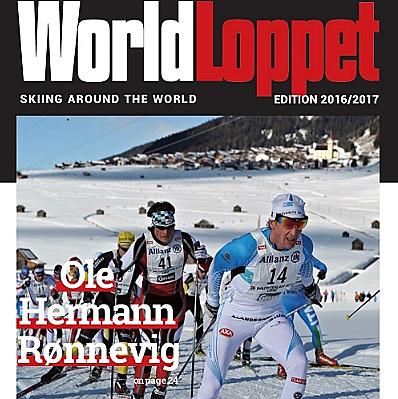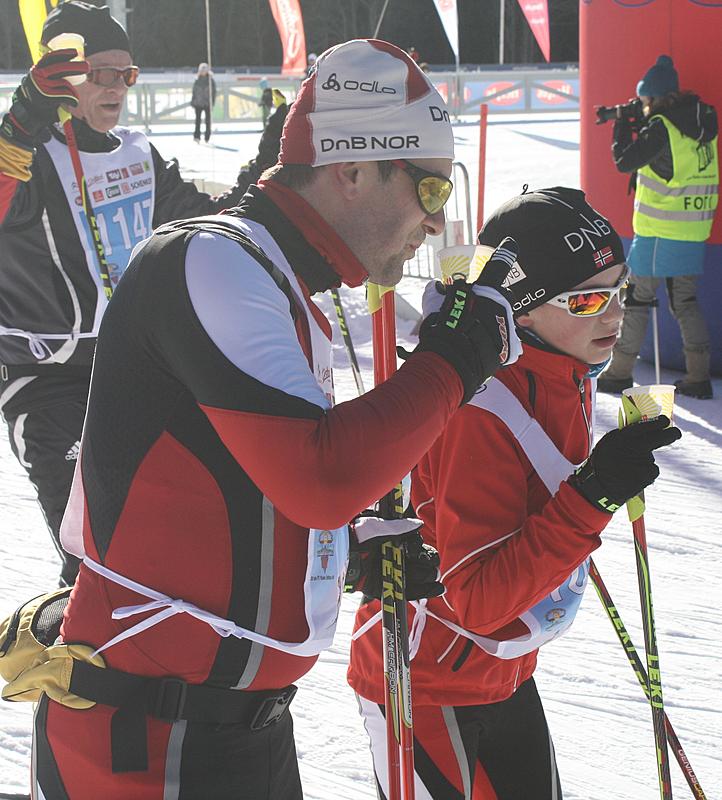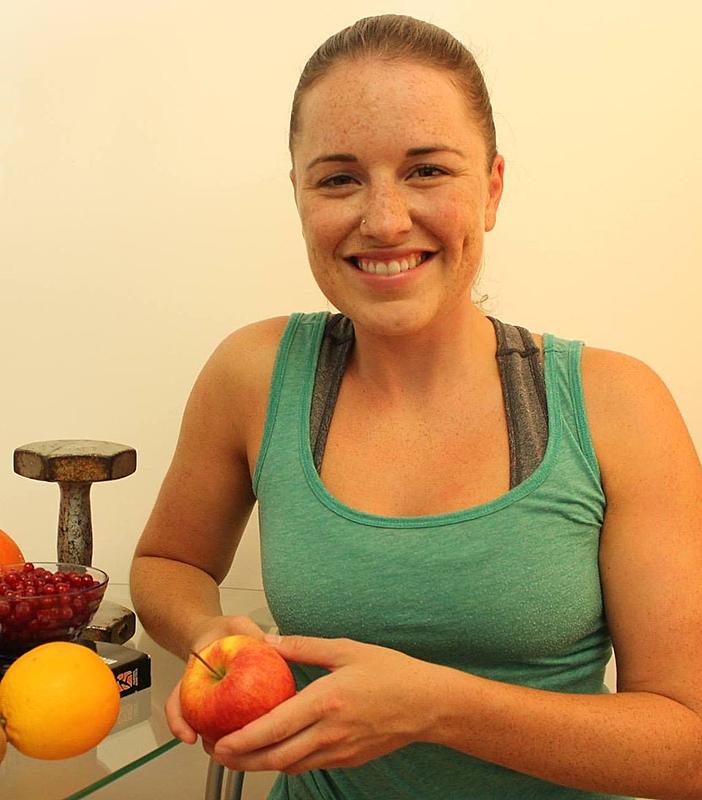Worldloppet Magazine 2017 Expandet: Worldloppet Dietician Talking About Skiers Food
A few weeks ago we published the Worldloppet Magazine 2017 on the Worldloppet website. In this issue of the official marathon skiing magazine we included #hastags to the single stories to expand them on social media and our website. Now we want to add important information from our Worldloppet Sports Dietician Dr. Anja Horina to the article Perfect Nutrition For Worldloppet Skiers (page 38/39 #skiersfood):

Specific considerations in a marathon skiers training
from Dr. Anja Horina – Worldloppet Sports Dietician
With altitude, the making of red blood cells in the body increases (which is a necessary adaption for endurance athletes). For the formation of red blood cells haemoglobin is crucial. Since iron is an integral part of the haemoglobin molecule, adequate iron stores are essential to ensure an effective haemoglobin adaptation at altitude. Iron needs in endurance athletes are particularly high. Recommendations for its dietary consumption are suggested to be 1.3 to 1.7 times higher in athletes compared to non-athletes (RDI for iron in non-athlete adults (19-50 y): 8mg/day for males and 18 mg/day for females). For female athletes iron consumption is especially important. If iron stores are depleted, athletes may not be able to adapt properly to the conditions at higher altitude and this can lead to inadequate recovery, increased fatigue and impaired performance.
In general, heam iron (i.e red meat: liver, beef, innards; oysters, salmon) is better absorbed by the body than non-heam/plant iron (i.e. breakfast cereal, wholemeal bread, spinach, lentils, tofu, almonds).
Fluid loss is another factor that has to be considered at high altitude. Dehydration can become a problem, since reduced fluid intake (i.e. due to limited restroom facilities), reduced perception of thirst as well as increased urinary water loss at altitude are apparent. Hence it is necessary to pay attention to adequate fluid intake throughout the day. Otherwise, inadequate hydration may lead to a decrease in performance. Fluid intakes for athletes of approx. 4-5 L per day are recommended, when race/trainings intensity and duration is high. An adequate fluid consumption is achieved by consuming 1.0 to 1.5 ml of fluid for each kilocalorie that is expended at a day.
The third and equally important thing to consider, as an athlete involved in winter sports, is the increased energy expenditure and hence increased energy requirement. When training is intense and on-snow, the average daily energy expenditure of cross-country skiers is between 4780 and 5975 kcal. Therefore, it is necessary for athletes to ensure high energy intakes to avoid the loss of muscle mass and provide a good recovery.
The following estimates are helpful to get an idea of the daily energy expenditure of winter sport athletes in the cold and at higher altitude: 45-55 kcal per kg bodyweight/ day for moderate physical activity and 53-68 kcal per kg bodyweight/ day for heavy physical activity. However, energy intakes can greatly differ depending on duration and intensity of the training session and competition.

(Dolomitenlauf 2016)
Practical tips:
- Have recovery snacks and fluids stored somewhere with a warmer temperature and available straight after training and competition for optimal recovery.
- Take care when consuming food/ fluid from the feeding stations, since it might have been sitting in the cold for a while and might cause trouble with eating and irritate stomach and gut.
- Choose warm sport drinks or sweetened tea in a cold environment ideally with 6-8% carbohydrate content and electrolytes (which most of the common sport drinks contain), to ensure a good fluid uptake by the body.
- Try to eat carbohydrate- rich snacks (banana, cereal bar, carbohydrate gels and drinks) during the breaks in multiple sprint events.
- For longer travels to the race destination it is important to plan ahead and a few facts need to be considered: Food safety at the venue (is the tab water save to drink? etc.); maintaining adequate hydration; meeting energy and macro- and micronutrient requirements.
- Helpful snack ideas for on-the-go could be: breakfast and cereal bars, dried fruit, concentrated fruit juice, instant noodles, honey, peanut butter, carbohydrate and energy sports drinks, liquid meal supplements, healthy cookies and muffins, easy to transport fruit, sandwiches, nuts, etc.
- Try to avoid caffeine rich fluids like coffee, tea and coke on flights and longer travels, since they might increase urine production and could irritate the gut.















